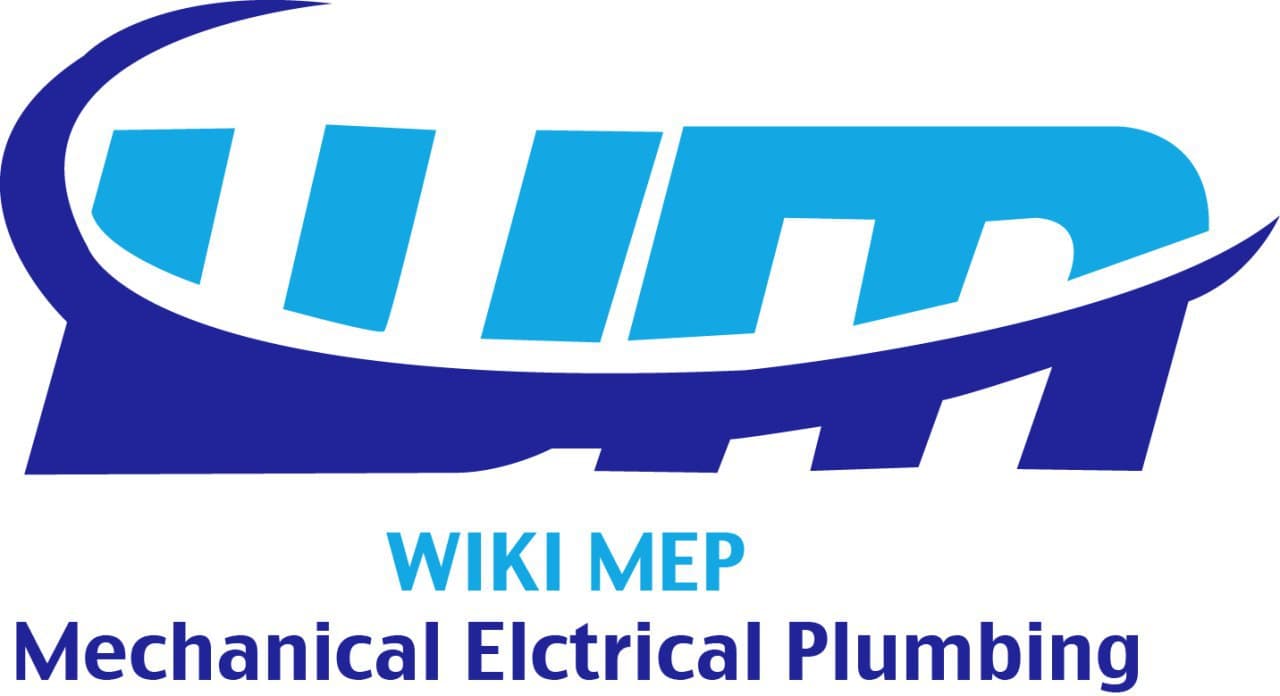
This revised 2019 edition of Standard 62.2 adds a compliance path that gives credit for particle filtration, distinguishing between balanced and unbalanced ventilation system interactions with natural infiltration, requiring compartmentalization limits for new multifamily dwellings, and allowing for single-point envelope leakage test results to be used when calculating infiltration credit.Standard 62.2 defines the roles of and minimum requirements for mechanical and natural ventilation systems and the building envelope intended to provide acceptable indoor air quality in low-rise residential buildings. As in the previous editions of this standard, there are three primary sets of requirements and a number of secondary ones. The three primary sets involve whole-building ventilation, local demand-controlled exhaust, and source control. The secondary requirements focus on properties of specific items needed to achieve the main objectives of the standard. Standard 62.2 applies to spaces intended for human occupancy within single-family houses and multifamily structures, including manufactured and modular houses. This standard does not apply to transient housing such as hotels, motels, nursing homes, dormitories,or jails.The standard considers chemical, physical, and biological contaminants that can affect air quality. It does not address thermal comfort requirements, specific pollutant concentration levels, or certain potential pollutant sources such as un vented combustion space heaters and contamination from outdoor sources or from episodic occupant-controlled events such as painting, smoking, cleaning, or other high-polluting events.
The standard considers chemical, physical, and biological contaminants that can affect air quality. It does not address thermal comfort requirements, specific pollutant concentration levels, or certain potential pollutant sources such as contamination from outdoor sources or from episodic occupant-controlled events such as painting, smoking, cleaning, or other high-polluting events.














No comments